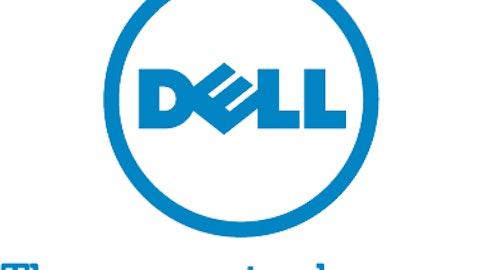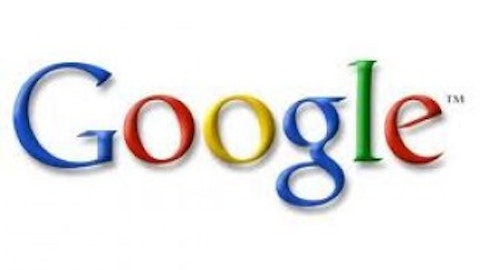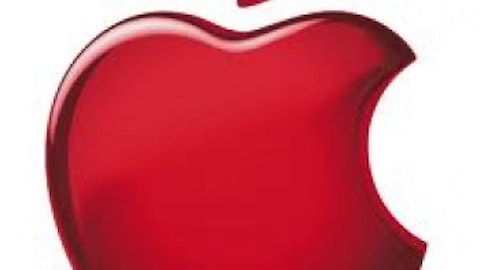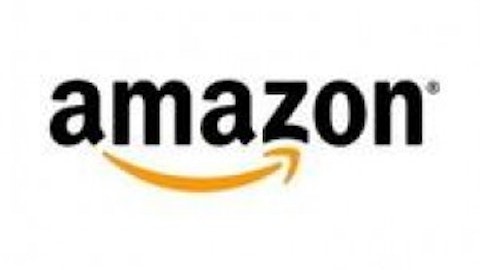Hewlett-Packard Company (NYSE:HPQ)’s earnings and stock price have been fluctuating. After the company’s EPS dropped to a negative $3.49 for Q4 fiscal year (FY) 2012 and a negative $6.41 for the full fiscal year, Hewlett-Packard Company (NYSE:HPQ) posted a positive EPS of $0.63 for Q1 FY 2013. The majority of the damage to Hewlett-Packard Company (NYSE:HPQ)’s earnings was the result of one-time charges from restructuring and the impairment of intangible assets. These charges skewed earnings to the negative and spurred talks of the impending demise of the tech giant.
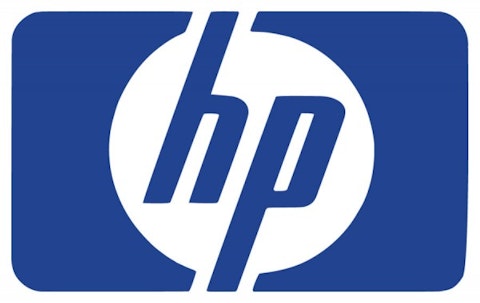
Estimating HP’s value
In the trailing twelve months (TTM), HP posted a negative EPS of $6.55. Adding back restructuring and impairment charges and accounting for taxes, Hewlett-Packard Company (NYSE:HPQ) earned approximately $3.10 per share in the TTM. Thus, using a modest PE ratio of 10, HP is worth approximately $31 per share.
However, it is also important to take into account HP’s balance sheet. A company’s balance sheet is important because it contains earnings retained by the company. Currently, Hewlett-Packard Company (NYSE:HPQ) has a total debt of about $28.2 billion, which is a lot considering HP’s total stockholders’ equity is only $23.3 billion. Still, since Meg Whitman took over, HP has significantly improved its debt situation. Whitman became CEO of HP in September 2011, which was during HP’s Q4 FY 2011. Check out the following table.
| Q1-13 | Q4-12 | Q3-12 | Q2-12 | Q1-12 | Q4-11 | |
| Total Debt (millions $) | 28,227 | 28,436 | 29,744 | 30,077 | 30,900 | 30,634 |
Since taking over in Q4 FY 2011 from Apotheker, Whitman has reduced the company’s total debt by about $2.4 billion. In the company’s earnings release, Whitman stated, “…in the quarter, we improved our operating company net debt position for the fourth successive quarter by more than $1 billion to $4.7 billion. We’ll continue to take this approach and focus on rebuilding our balance sheet.” One of the things Whitman did well at eBay Inc (NASDAQ:EBAY) was keeping the company’s balance sheet clean, and she is providing that focus in HP.
Regardless, Hewlett-Packard Company (NYSE:HPQ) still has a negative tangible book value per share of $6.11. Tangible book value is the same as book value, except it ignores intangible assets like goodwill. In the case of HP, this is a better metric to use because the company has overpaid for acquisitions and has written down goodwill multiple times (e.g. Autonomy, EDS, etc). Taking into account the negative tangible book value, HP is worth about $25 per share.
Competitive position
Like other PC giants, HP has been facing stiff competition from Apple Inc. (NASDAQ:AAPL) and Google Inc. (NASDAQ:GOOG) mobile devices. Mobile device shipments have continued to grow rapidly, while PC shipments have declined. In Q4 2012, PC shipments declined by 6.4% year over year. In comparison, smartphone shipments and tablet shipments grew 41.7% and 75.3%, respectively. In these markets, many of the traditional PC giants are essentially nonexistent.
In smartphones, Microsoft Corporation (NASDAQ:MSFT)’s Windows Phone OS only had a 2.6% market share. In tablets, Microsoft Corporation (NASDAQ:MSFT) had just 1.6% share in Q3 (strategyanalytics) and, according to IDC, Windows 8 did not gain a lot of ground in Q4. In comparison, Android and iOS had 70.1% and 21% market share, respectively, in smartphones. The two OS’ also dominate tablets.
Looking forward, despite the rise of mobile devices, desktop PCs and servers are still crucial to the modern world, and Hewlett-Packard Company (NYSE:HPQ) is the top vendor in both markets. Desktops are important for processor intensive programs and servers are important in enterprise, cloud, and the internet. In Q4 almost 90 million PCs shipped worldwide. Furthermore, HP only experienced a decline of 0.6% in shipments, versus the 6.4% decline for the overall industry. The only segment that could be in serious trouble is printing. However, just looking at all the paper media out there, it is hard to see printing completely disappearing anytime soon.
Finally, while Windows 8 is slow at gaining traction, the OS provides an opportunity for innovative devices including tablets. Windows 8’s market share of desktops rose to 2.67% in February from 2.26% in January (netmarketshare). Overall, Hewlett-Packard Company (NYSE:HPQ) has survived years of bad management and, despite the ridicule that Whitman has faced, she is a much better CEO than her recent predecessors. HP, without management making bad acquisitions, should be able to maintain its TTM earnings at around $3.10, and at that level the company is worth about $25 per share.
The article HP’s Rally Was the Return of Market Sanity originally appeared on Fool.com and is written by Alvin Gonzales.
Copyright © 1995 – 2013 The Motley Fool, LLC. All rights reserved. The Motley Fool has a disclosure policy.
